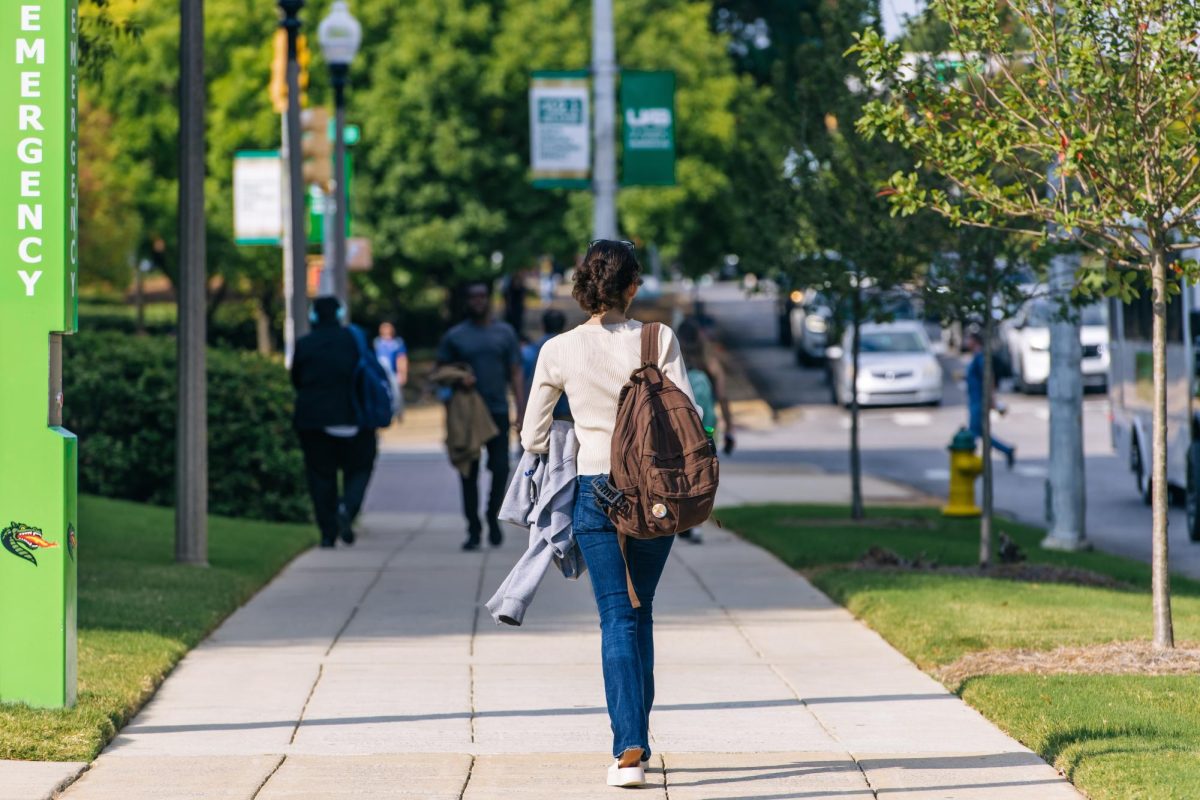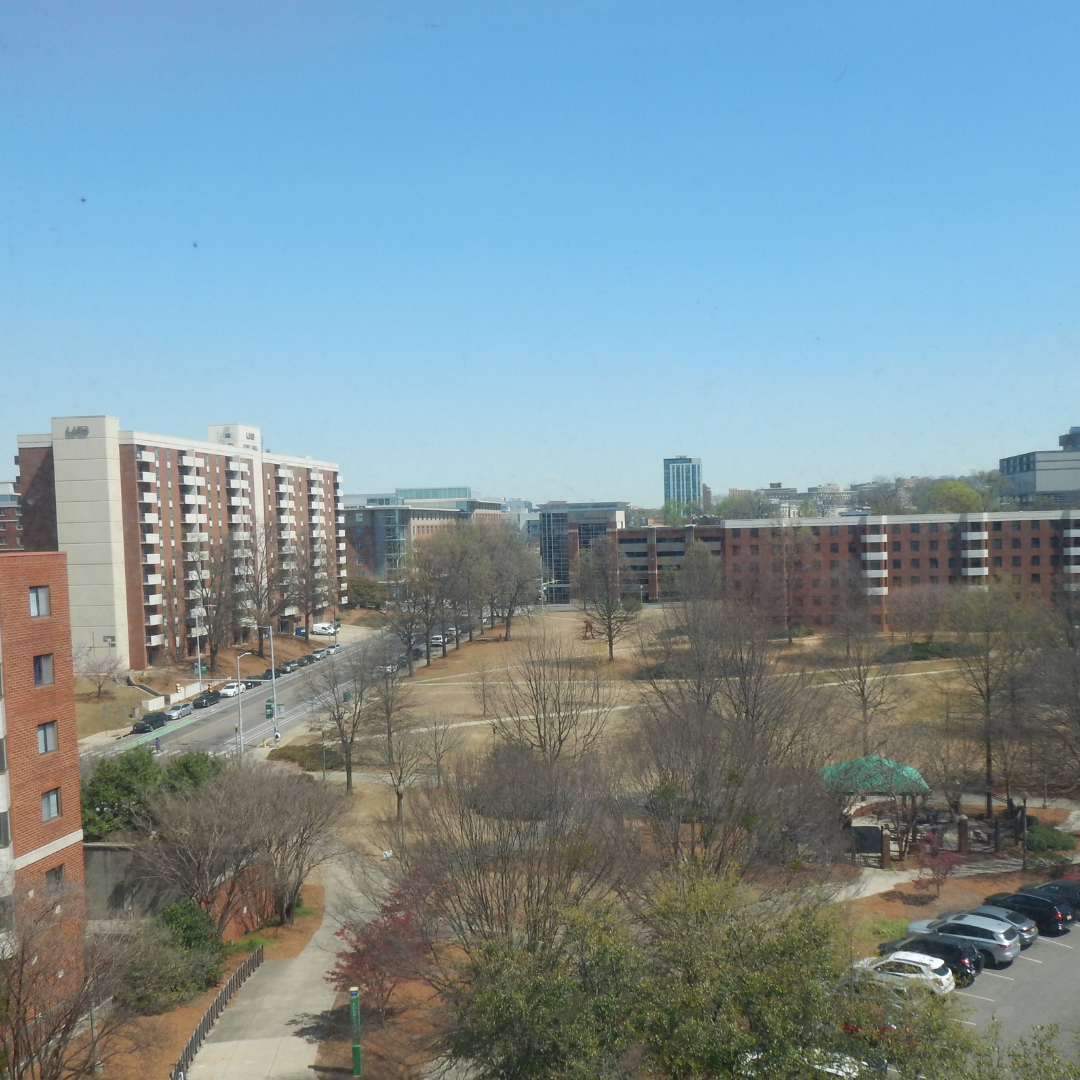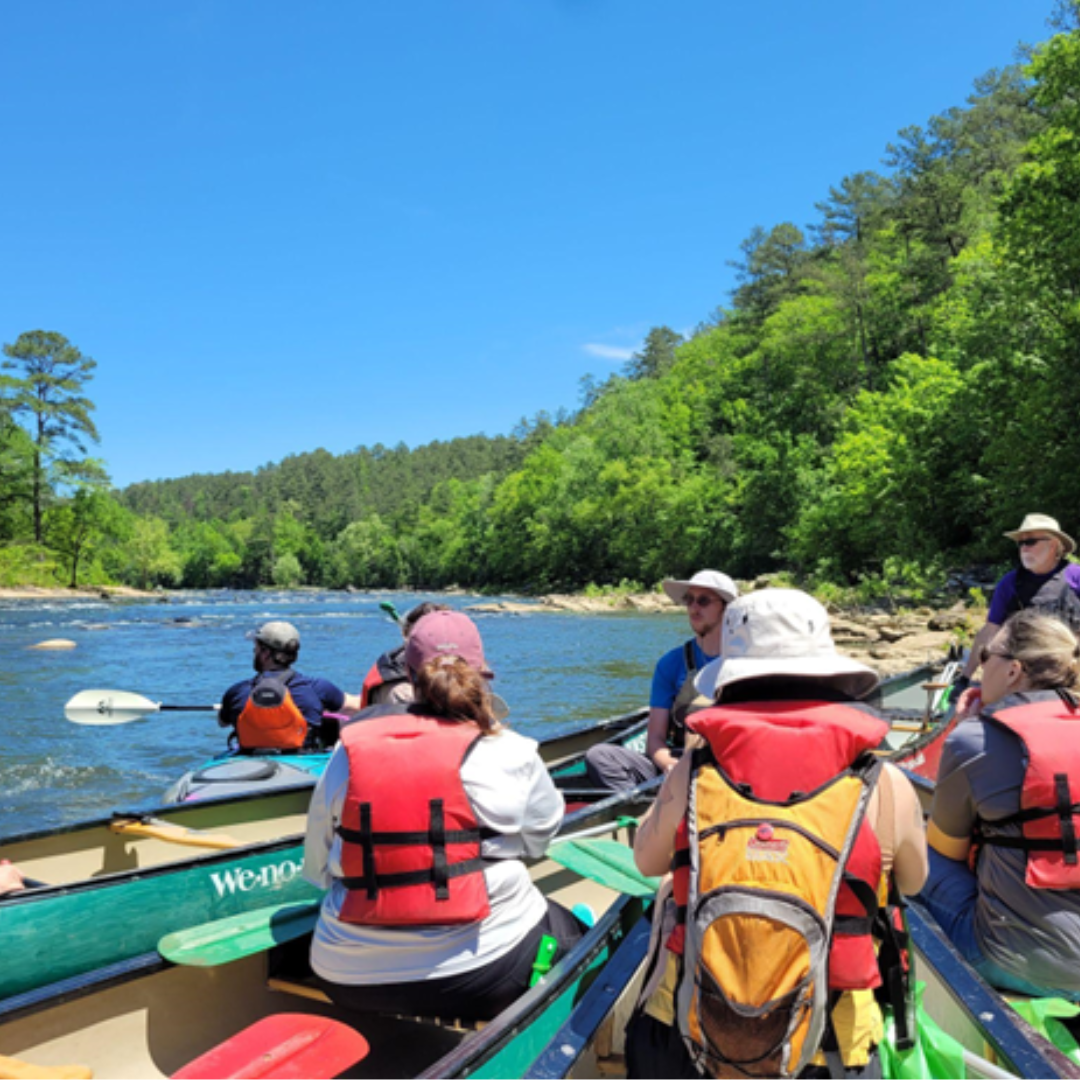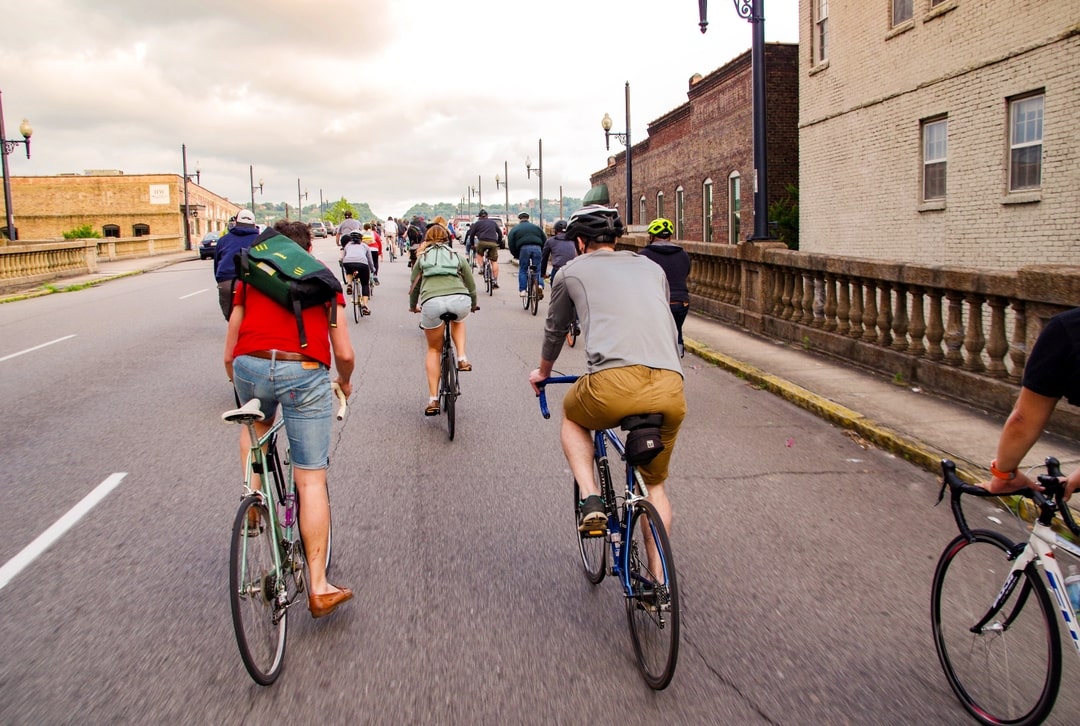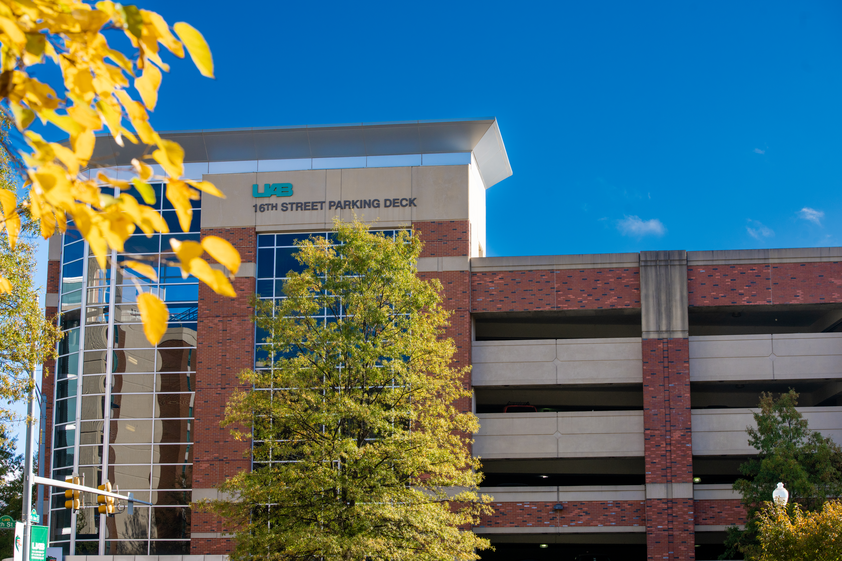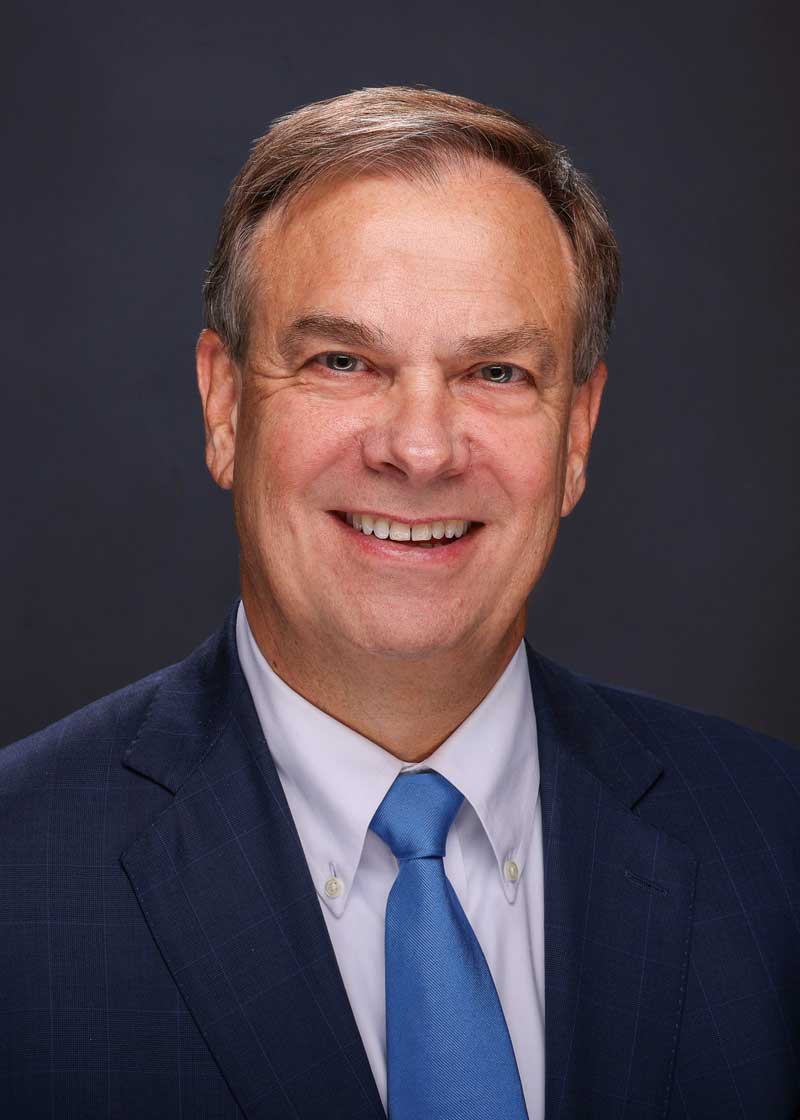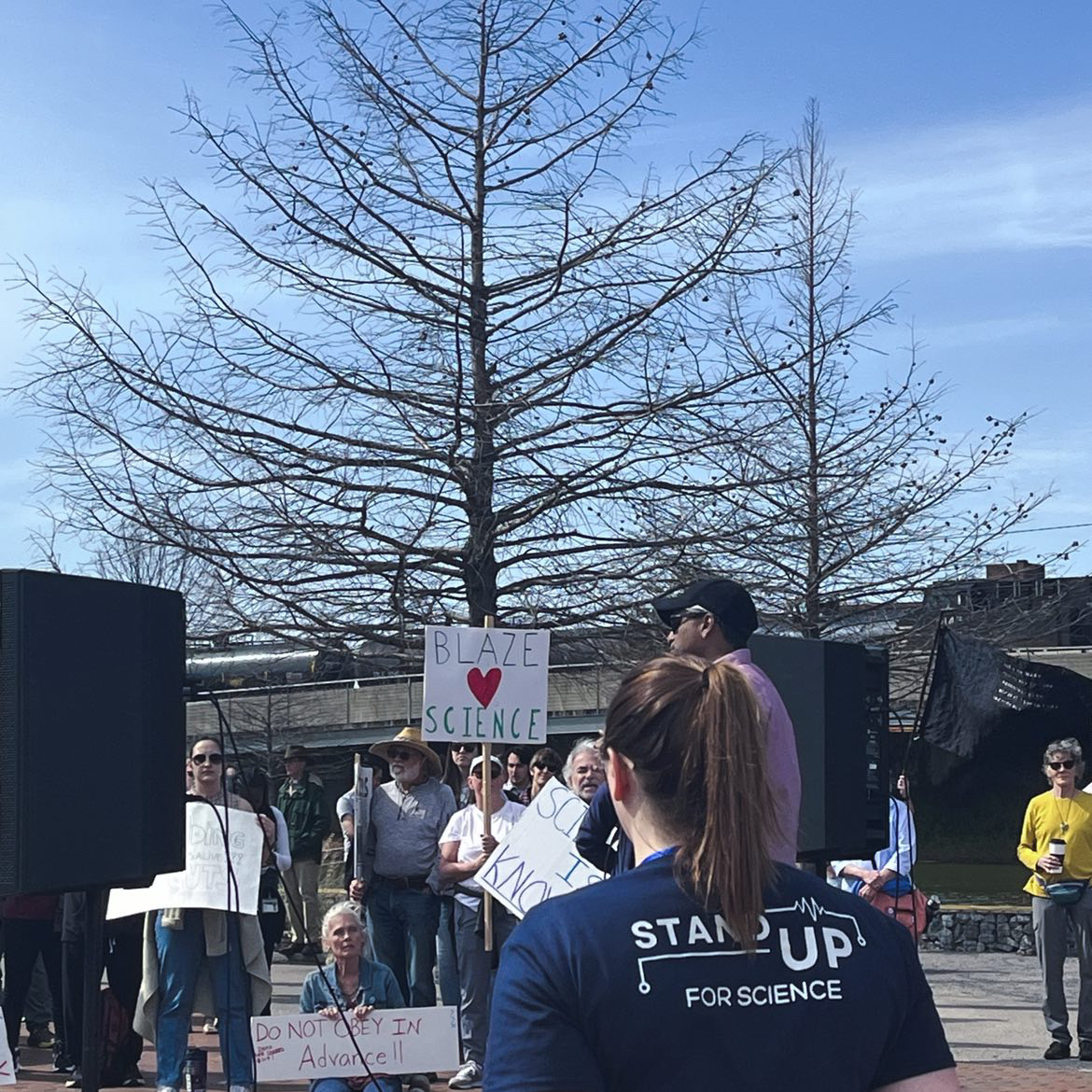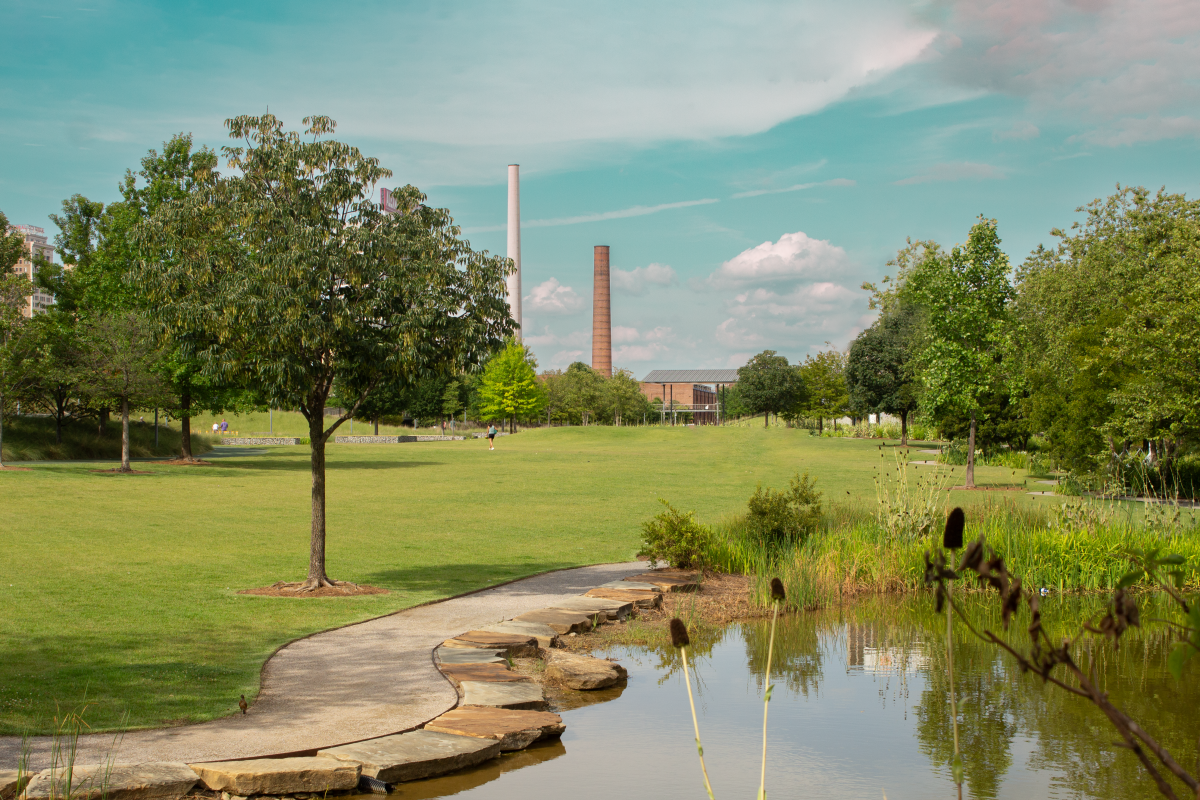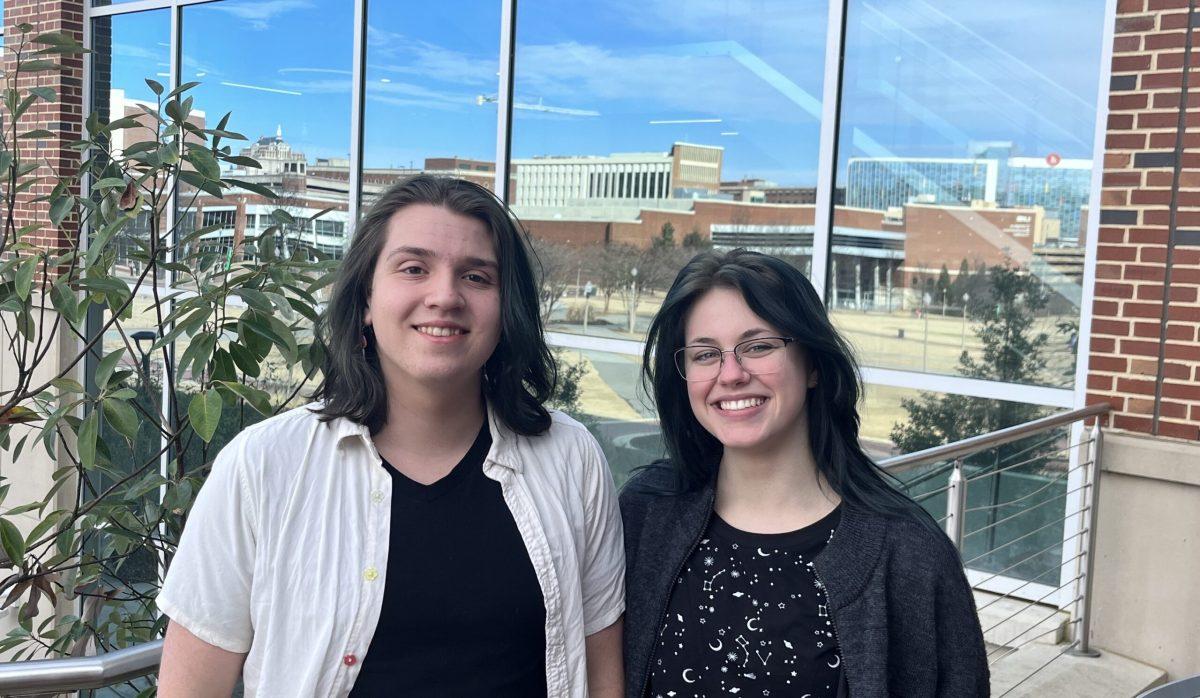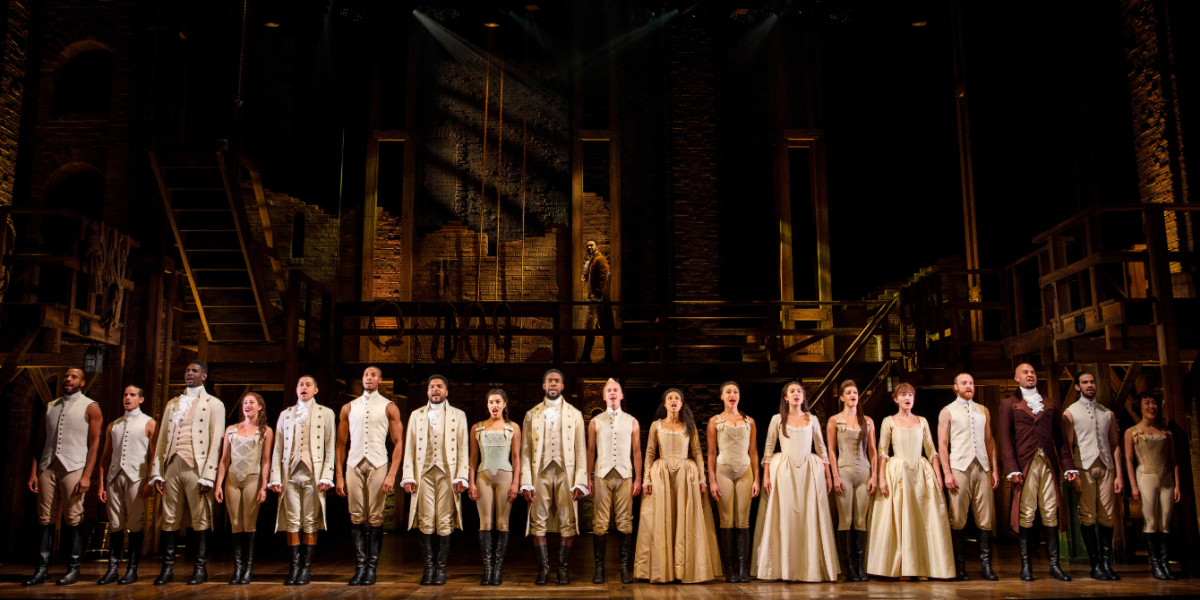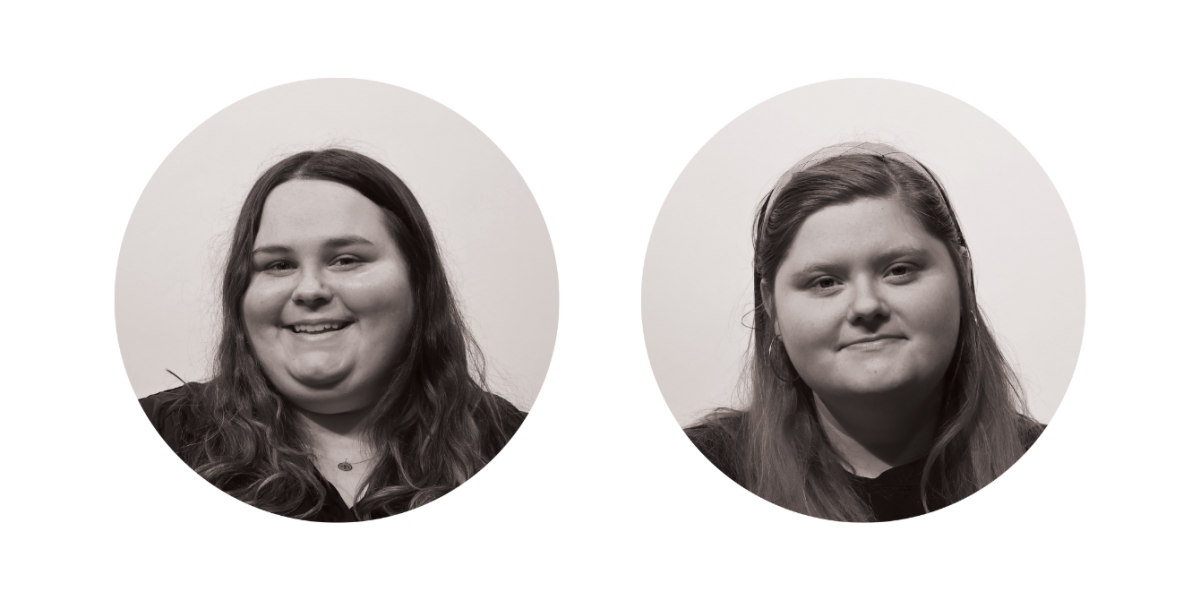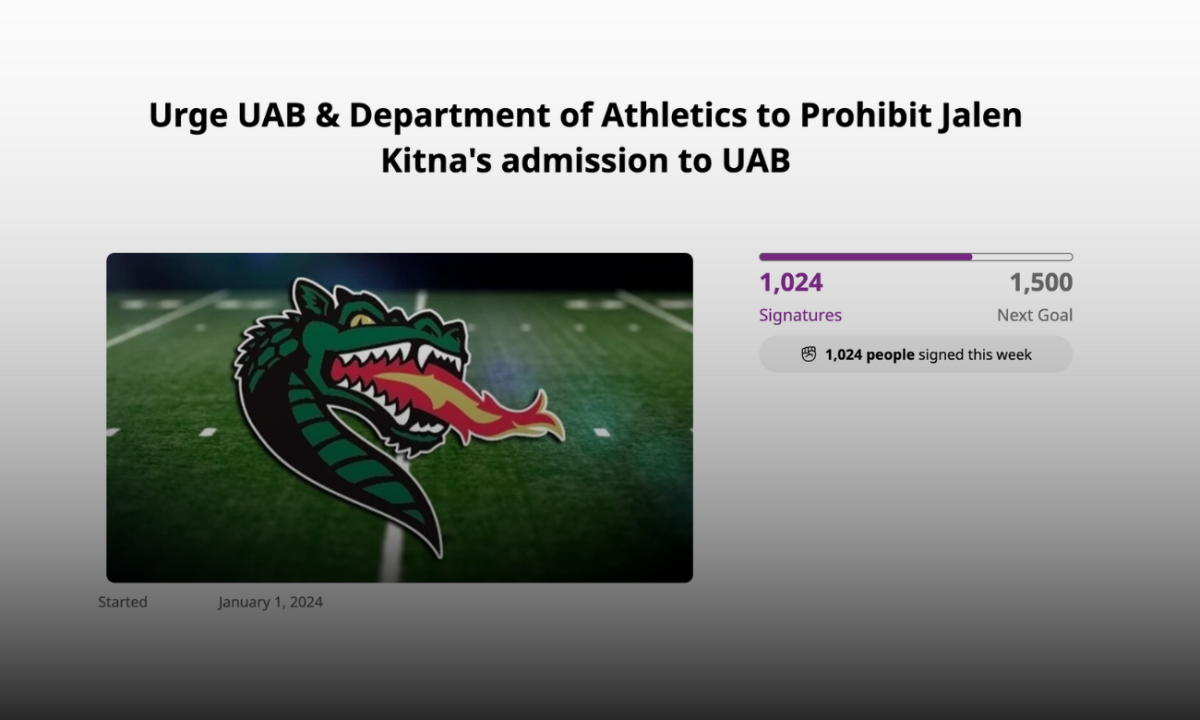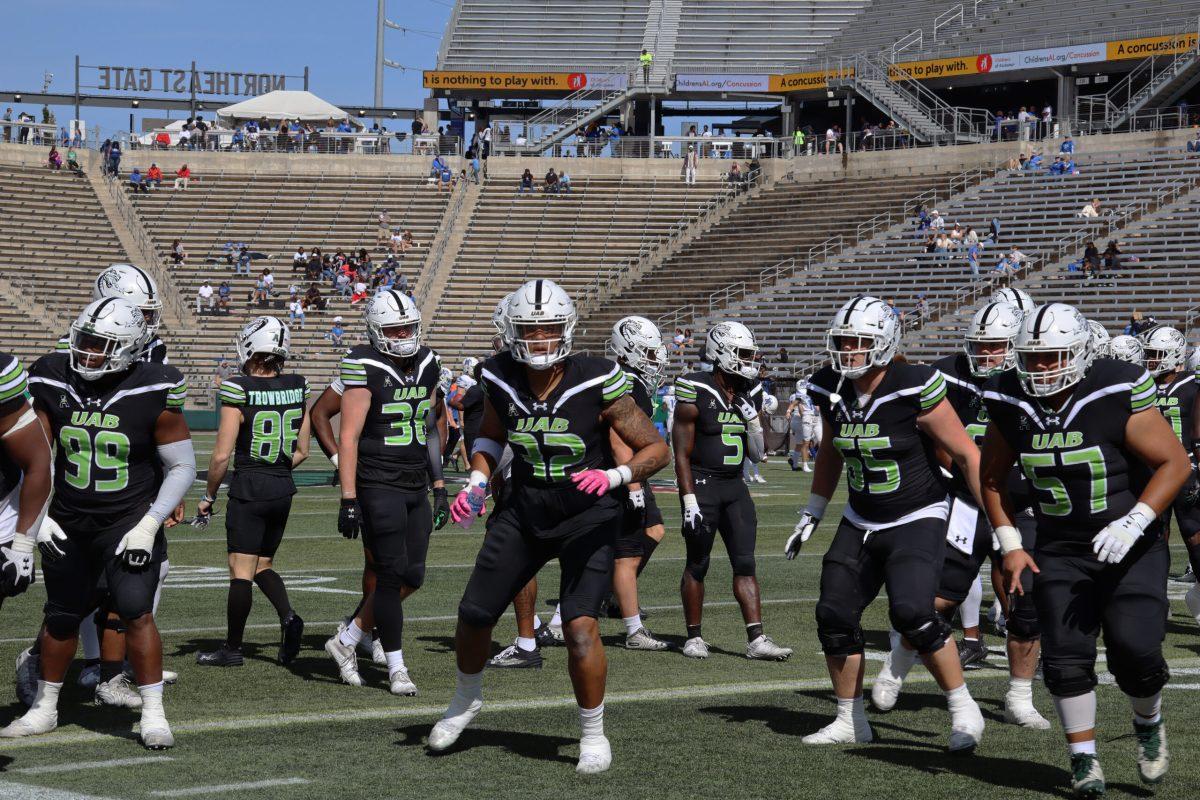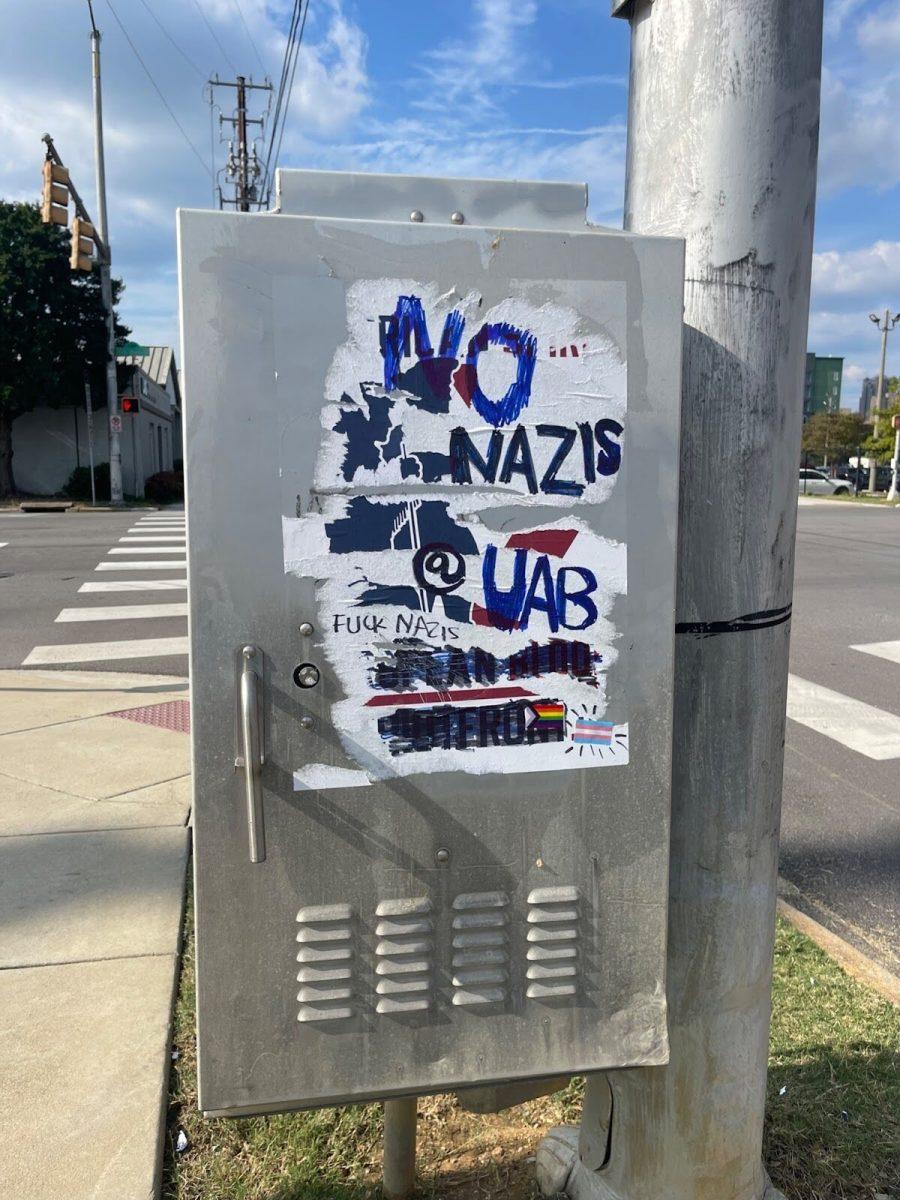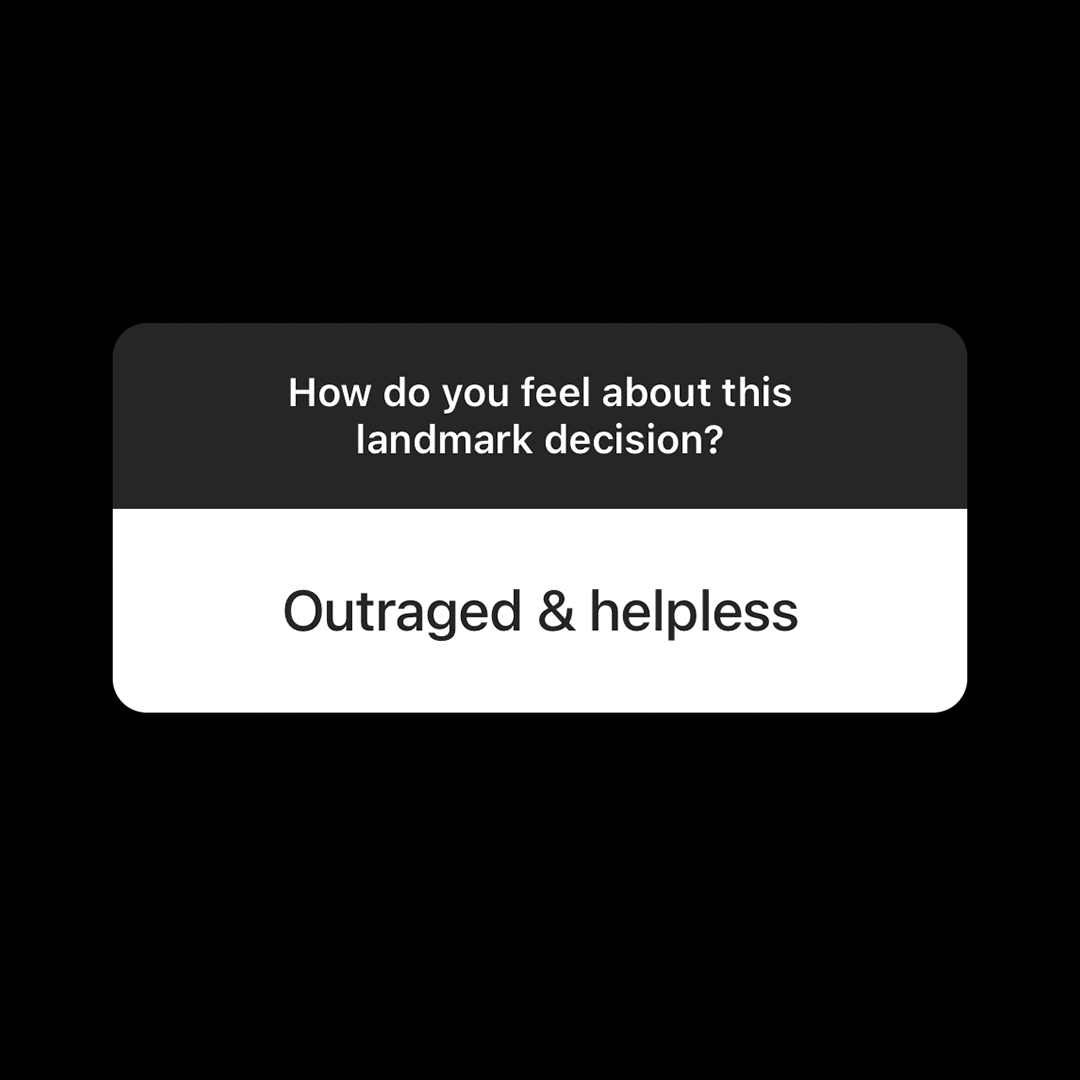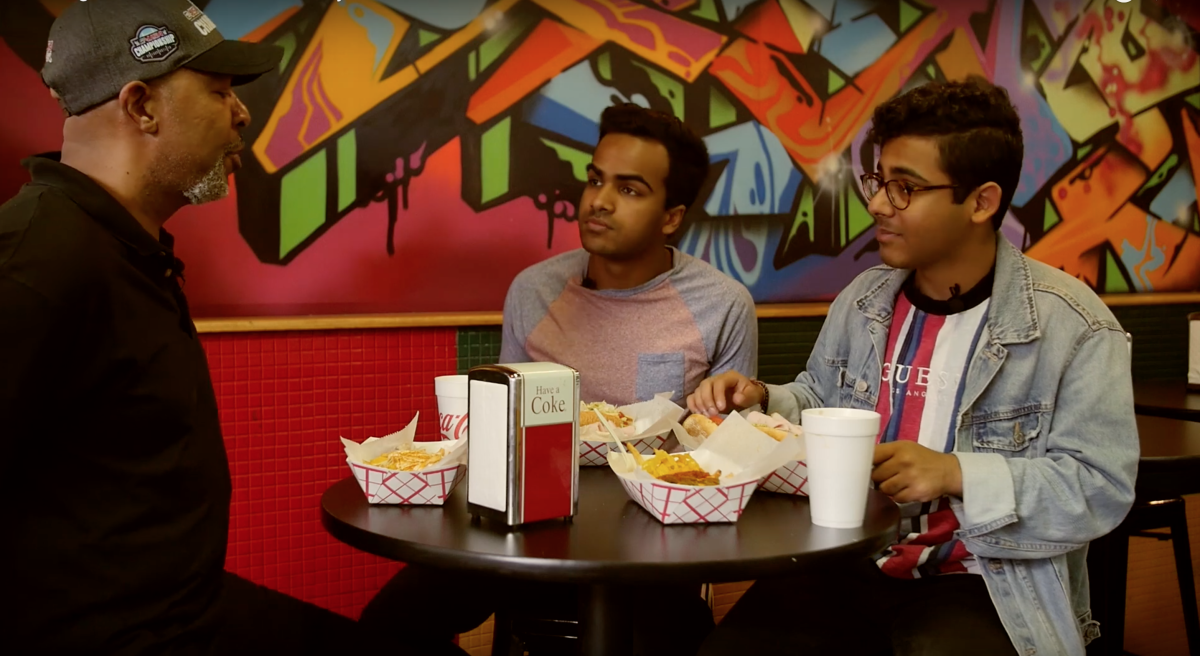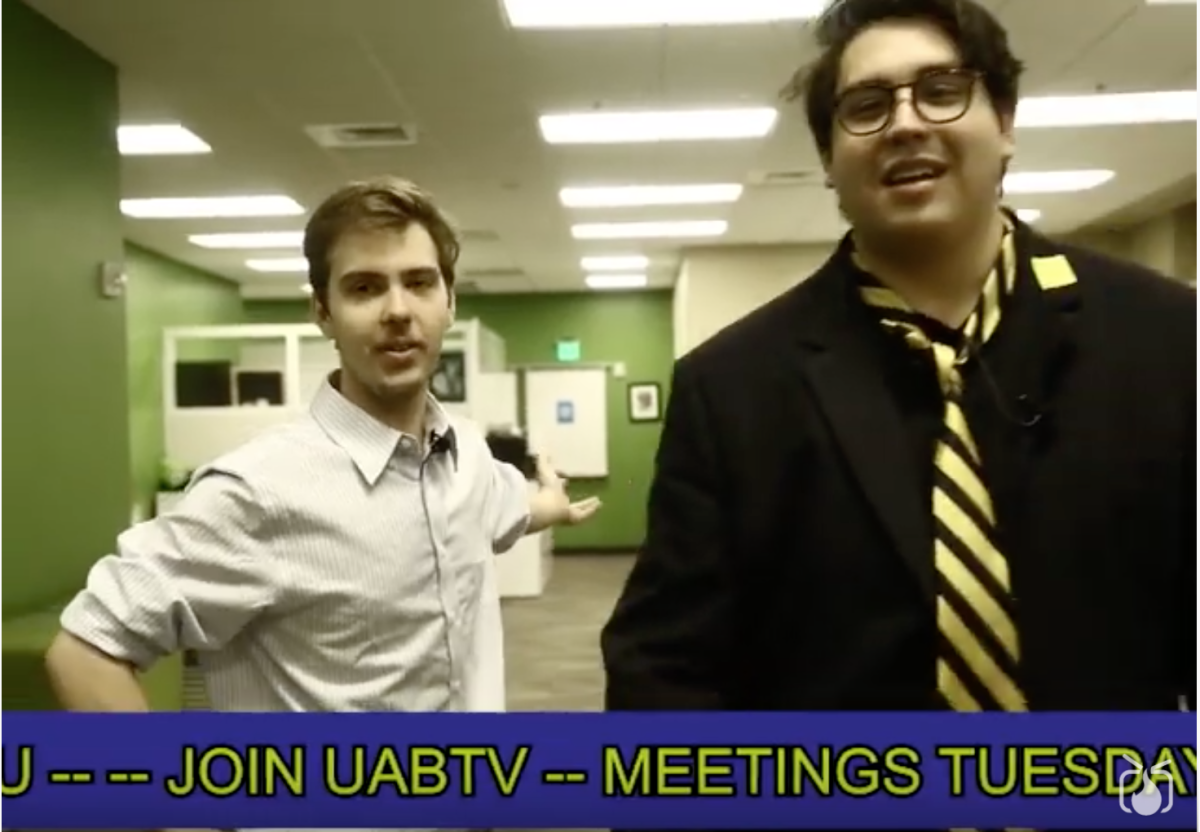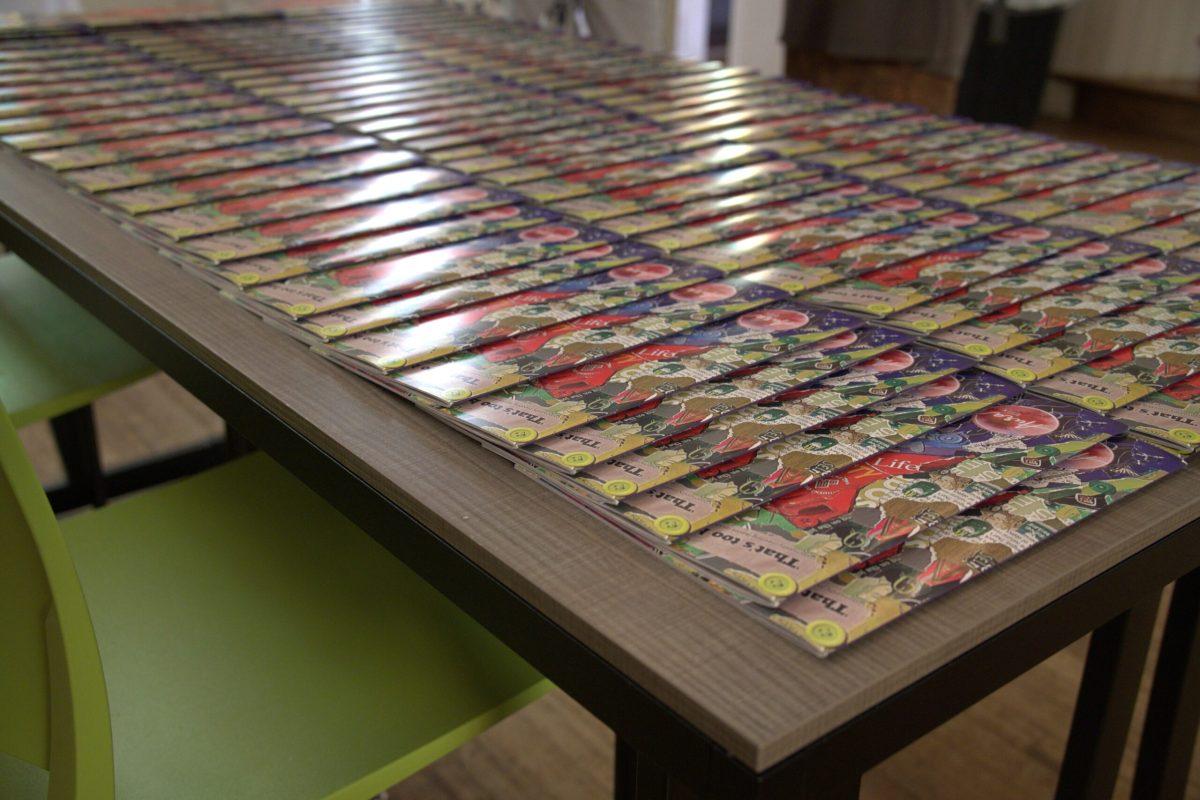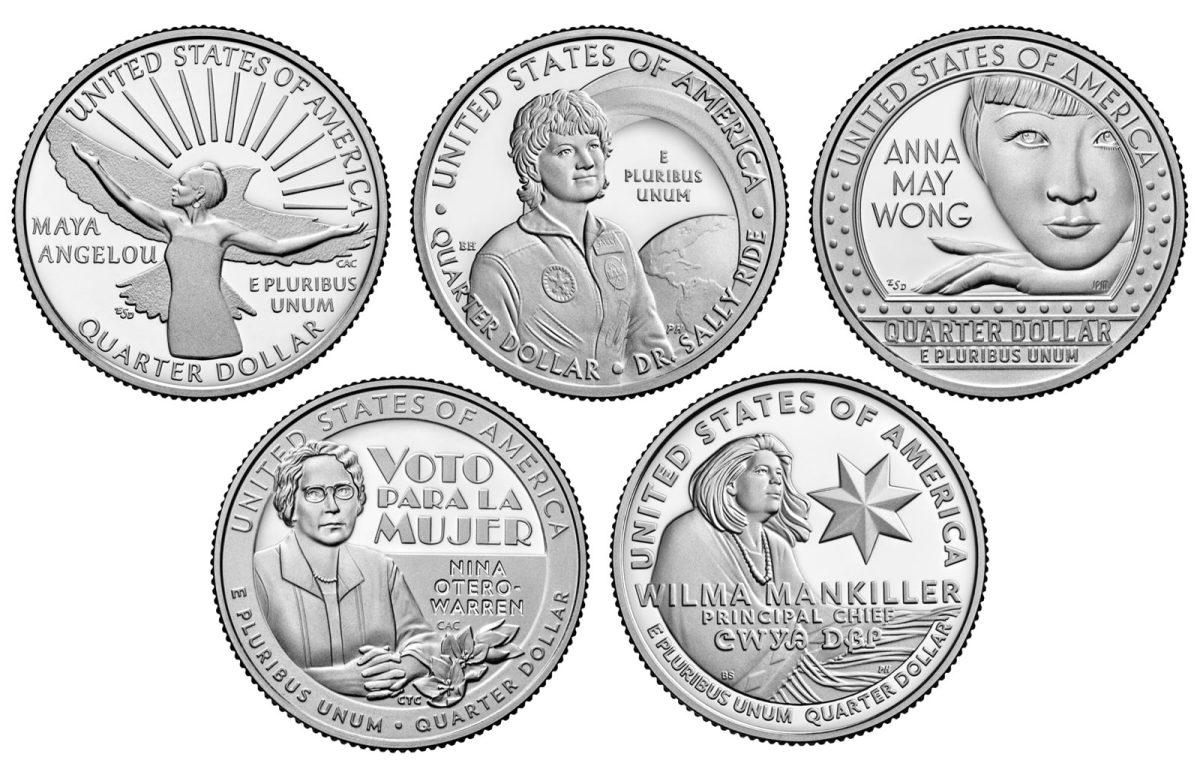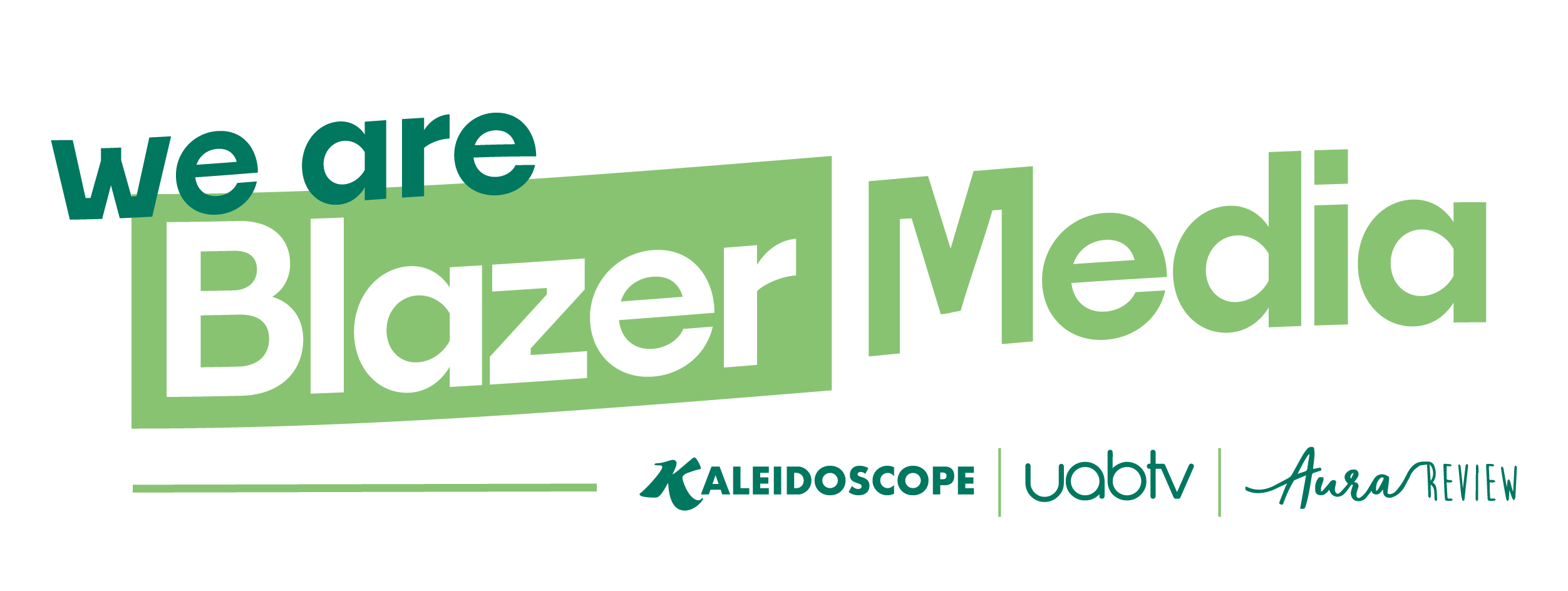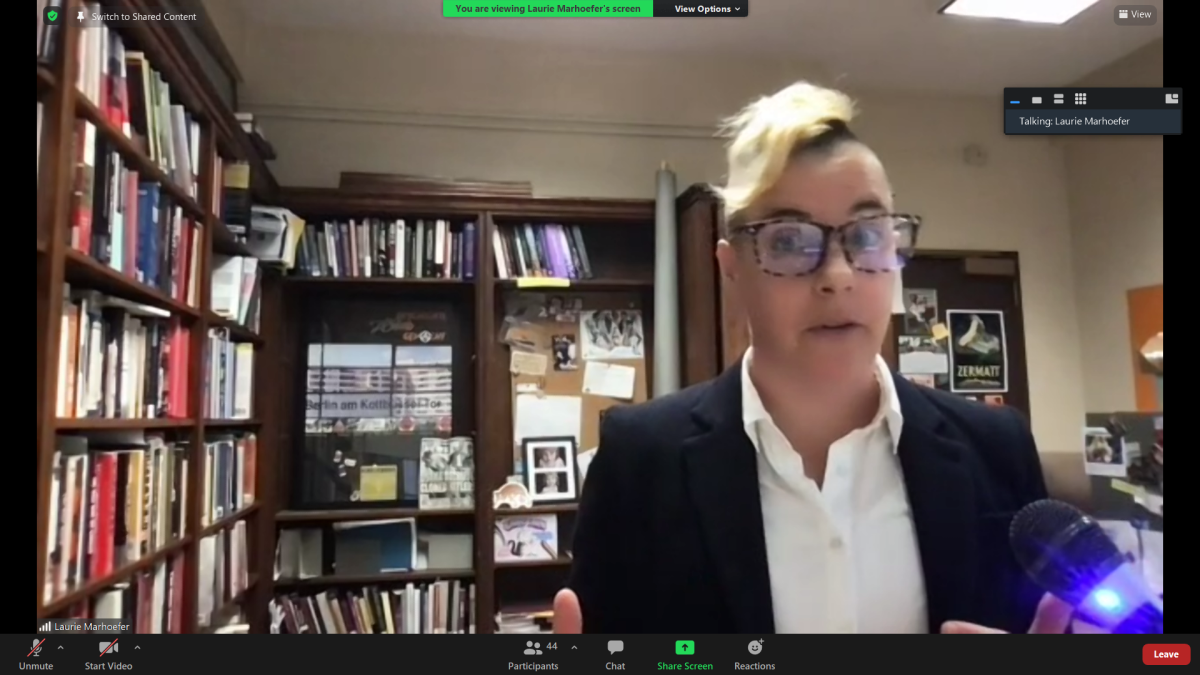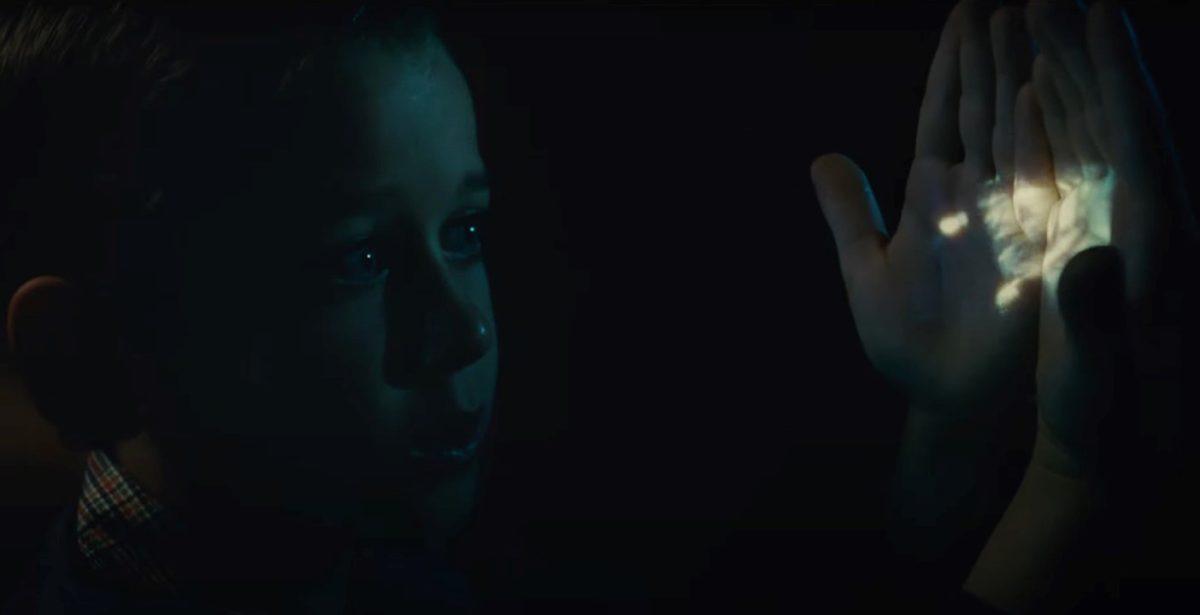Author: Jhana Mosley
The Birmingham Holocaust Education Center partnered with Queer Peers and SafeZone for LGBTQ History Month and brought an expert to present on the trials of lesbians, gay men and trans people in Nazi Germany during World War II.
Laurie Marhoefer, author of “Sex and the Weimar Republic: German Homosexual Emancipation and the Rise of the Nazis” and associate professor at the University of Washington offered insight into the other victims of the Holocaust in order to bring attention to the full history.
“Initially, gay men were not recognized as a victim group who were persecuted by the Nazis. They were not included in post-war compensation programs that were extended by the western German government,” Marhoefer said.
Marhoefer described many cases she uncovered and investigated based on several laws in Nazi-era Germany. As the power changed in Germany, many of the gay bars went underground or disappeared. Laws like Paragraph 175 prohibited male-on-male sex; Paragraph 183 was an anti-crossdressing law; and Paragraph 129 prohibited female-on-female sex.
Some of the cases were brutal. Paul F., a gay man, was prosecuted after being outed by a neighbor. He was sent to prison for a year and castrated for breaking Paragraph 175.
Marhoefer searched for patterns among the stories in order to understand the history.
“My challenge is that as I get into these projects, I’m going to have several hundreds of these cases, and they vary. So, as a historian, I have to try to find some commonalities,” Marhoefer said. “Moreover, not only do they vary, but they almost seem to be contradictory.”
One contradictory case she described was the case of G.W. It began when they were applying for what was then considered a man’s job. Authorities were contacted because their assigned sex was female and their name was considered a woman’s name, but they were presenting as masculine.
“Police investigated. They found that G.W. had never committed any crime that they could find so conspicuously ignoring Paragraph 183, the law against cross-dressing,” Marhoefer said.
The injustices and invalidation of gay men, lesbians and trans women as non-recognized, oppressed groups of the Holocaust wasn’t the only topic of discussion. Tuesday evening, Marhoefer also discussed the time before the Nazis were in power.
“The Weimar republic — the period in Germany before the Nazis took power — had been this moment of gay cultural flourishing,” Marhoefer said. “There were many gay bars, and the Nazis shut most of them.”
According to Marhoefer, the unluckiest of the cases were those of un-Aryan citizens who had higher chances of being sent to a killing center than to a concentration camp. Most of the cases she researched were Aryan and were persecuted in the regular Nazi prison system.
“The fact that homosexuals are on [the U.S. Holocaust Memorial Museum’s Holocaust Encyclopedia webpage] at all is a product of long-standing activism,” Marhoefer said.
The museums and memorials here in Birmingham and the U.S. as a whole are making changes to their webpages and becoming more inclusive due to research that Marhoefer and others have done.

